Presented by AMD
Why energy efficiency could be key to your business’ success
An energy efficient data center setup can help save on bills, but the benefits don’t have to stop there
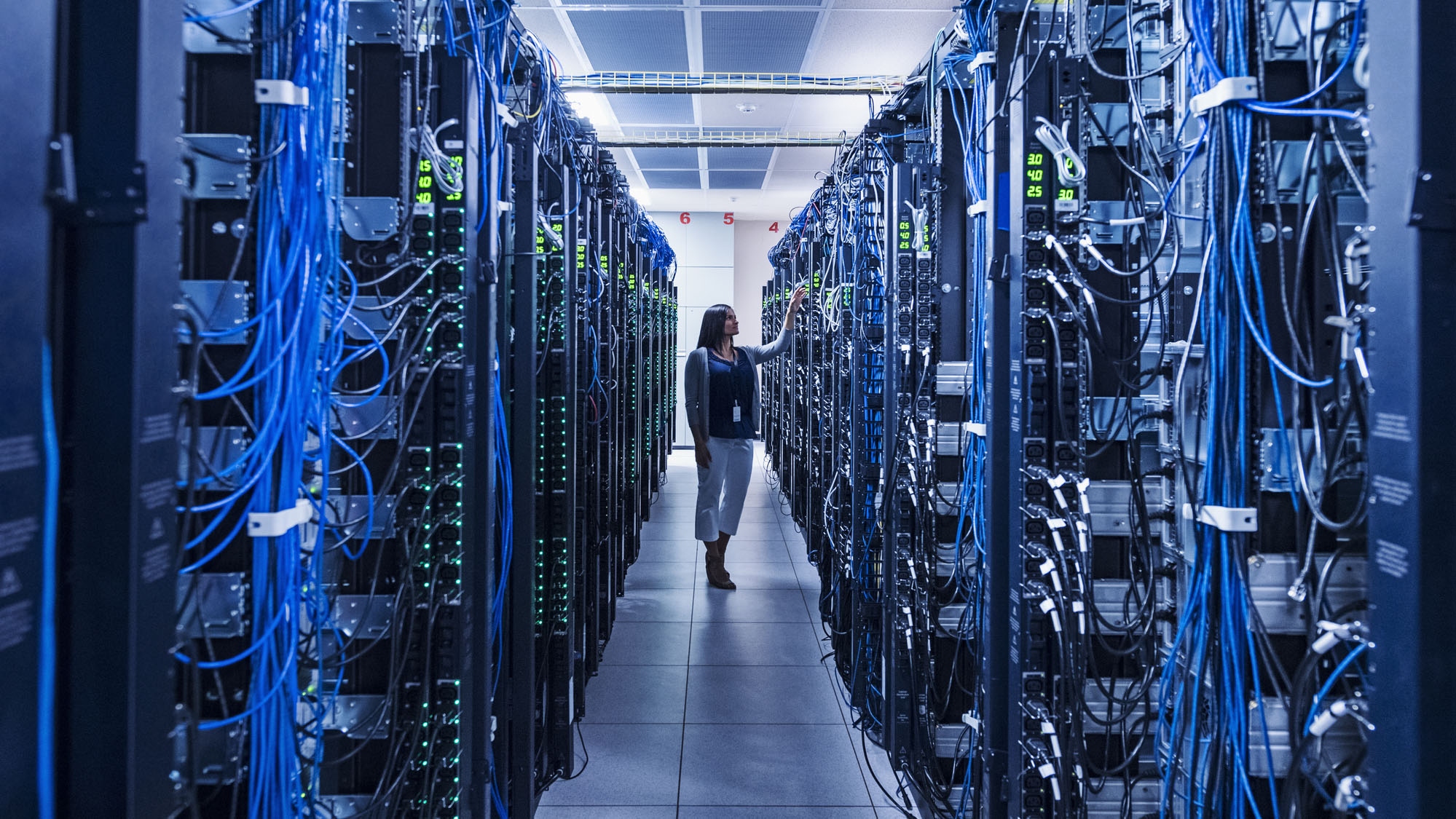
It’s not just households feeling the pinch as the cost of living continues to increase. Businesses are also finding their costs going up, in no short amount due to the rising cost of energy. Even as prices start to level out or even drop off a little, the cost of electricity is still eye-wateringly high.
For most organizations, one of the biggest contributors to their energy costs will be their IT estate, with the data center (or data centers) taking the lion’s share of that if present.
From the temperature the air conditioning unit is set to, to whether you use HDDs or SSDs, everything can make a difference – right down to the type of chips your servers are using.
Keeping it cool
When thinking about making your data center more efficient, there are certain clear areas to address. It’s likely that cooling is the second most power-hungry activity after actually powering the servers. There are a few things you can do to address this: If you’re building a new data center or overhauling one already in situ, consider moving from wall-mounted air conditioning to floor-based cooling, adiabatic cooling towers, or rear door cooling.
It’s also worth checking what the manufacturer’s recommended running temperature is for your servers – nowadays it’s possible it could be closer to 25ºC than the roughly 20ºC of the past. Raising the temperature of the data center by a few degrees may seem like a small intervention, but it can have a significant impact on cost.
Take a look at the servers themselves, too. Options like variable fan speed or liquid cooling – which is far more efficient than air cooling – can reduce the total amount of energy required to cool the data center.
Processor efficiency
Given their diminutive size, it’s easy to overlook the importance of processors in reducing energy consumption in the data center. However, they can be a significant contributor to overall energy costs.
FEATURED RESOURCE

Migrating to modern servers within data centers can decrease service workloads and enable a smaller physical footprint.
What’s more, as Moore’s Law continues to hold with the numbers of transistors on a silicon chip roughly doubling each year, they have become increasingly power hungry.
With this in mind, it’s worth considering installing more energy efficient CPUs and GPUs in your servers in order to reduce overall energy consumption even as power and performance increase.
AMD’s 4th Gen EPYC CPUs, for example, are by design some of the most efficient on the market, without sacrificing on performance. For example, according to the company’s analysis running 2,000 virtual machines on 11 2P AMD EPYC 9654 processor-powered servers will use up to 29% less power each year than a similarly-specced competitor’s hardware while still delivering the same performance.
The company even has a roadmap for energy efficiency in two or the most demanding settings for any processor: High Performance Computing (HPC) and artificial intelligence (AI) training.
Its stated goal is to deliver a 30x increase in energy efficiency over five years for AMD processors and accelerators powering servers for HPC and AI, starting from 2020. This, the company claims, would save “billions” of kilowatt hours of electricity and reduce the power required to complete a single calculation by 97% by 2025.
While this goal may be targeted at HPC and AI-training environments, it’s an ethos that filters down into all its data center chips and is worth bearing in mind when considering any hardware upgrade.
Beyond the bottom line
While money can be a major motivator in the quest for energy efficiency, it’s not the only one. Energy consumption can considerably impact an organization’s environmental profile, determining whether potential customers and partners see it as desirable or not. In the near future, a lack of care and attention when it comes to contributions to global carbon emissions caused through high energy use may also lead to investors and even governments penalizing companies that fail to change their ways.
IT finds itself once again at the center of this equation.
According to 451 Research’s Digital Pulse user survey, carried out in July 2022, 254 out of 576 global IT decision makers said that IT operations account for all (19% of respondents) or most (25%) of their organization’s environmental impact. A similar number (41%) said modernizing their core infrastructure is one of their top tech strategies for reducing this impact.
In this way, moving to more energy efficient processors in the data center serves a dual purpose, especially as more demanding workloads such as analytical and generative AI become the norm. Organizations can take an approach that reduces capital expenditure (CAPEX) by reducing energy bills, which in turn ultimately reduces total cost of ownership (TCO) of any given server, and also reduces their environmental impact.
A strengthened balance sheet thanks to lower energy costs than would otherwise be the case, plus a positive environmental profile can make an organization a more attractive commercial partner. This is especially true for businesses with an environmental strategy that includes how they choose their suppliers.
Who would have thought the humble CPU and GPU could make such a difference to environmental strategy and business partnerships, as well as their regular roles?
Sign up today and you will receive a free copy of our Future Focus 2025 report - the leading guidance on AI, cybersecurity and other IT challenges as per 700+ senior executives
ITPro is a global business technology website providing the latest news, analysis, and business insight for IT decision-makers. Whether it's cyber security, cloud computing, IT infrastructure, or business strategy, we aim to equip leaders with the data they need to make informed IT investments.
For regular updates delivered to your inbox and social feeds, be sure to sign up to our daily newsletter and follow on us LinkedIn and Twitter.
-
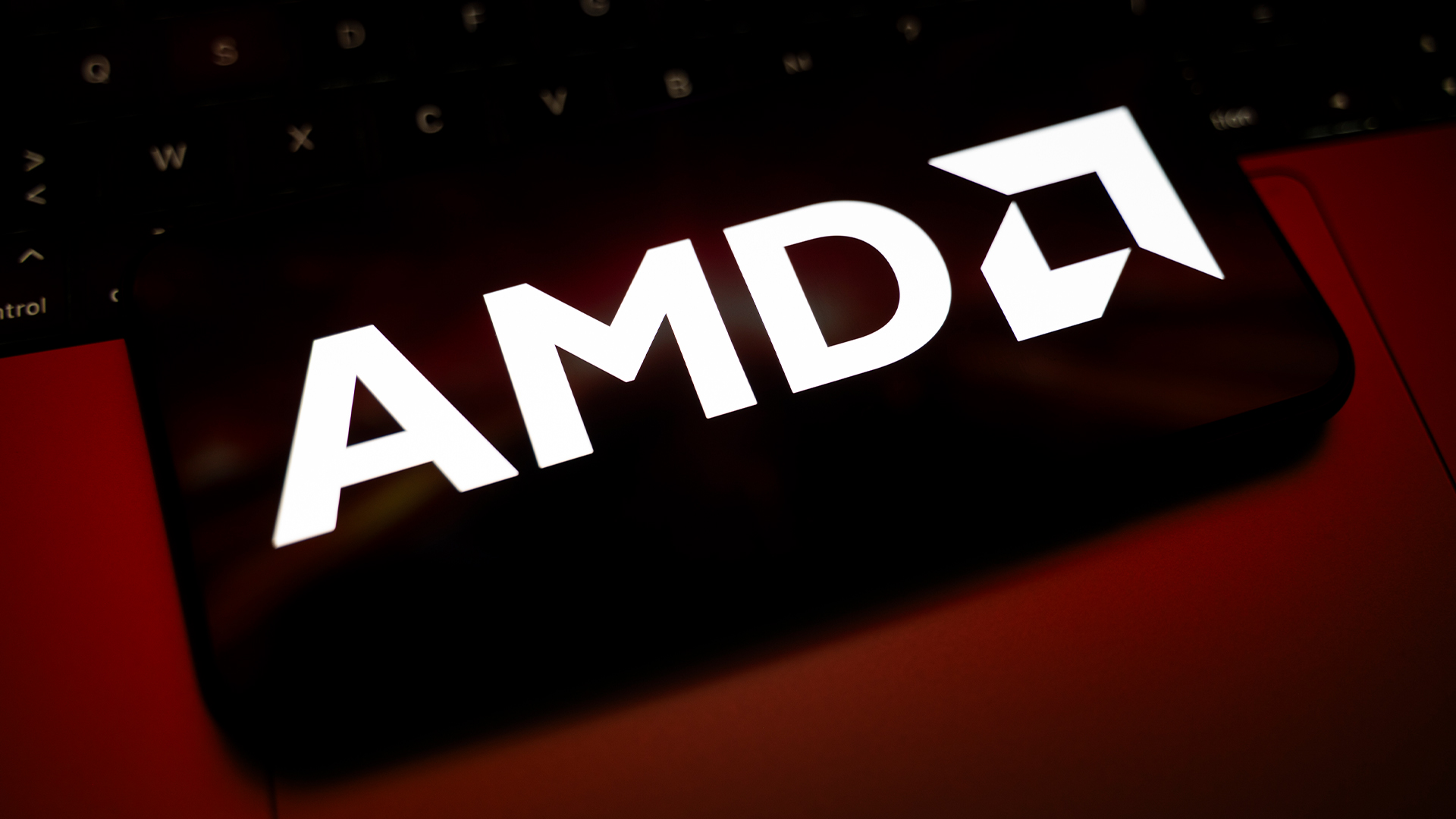 France is getting its first exascale supercomputer – and it's named after an early French AI pioneer
France is getting its first exascale supercomputer – and it's named after an early French AI pioneerNews The Alice Recoque system will be be France’s first, and Europe’s second, exascale supercomputer
-
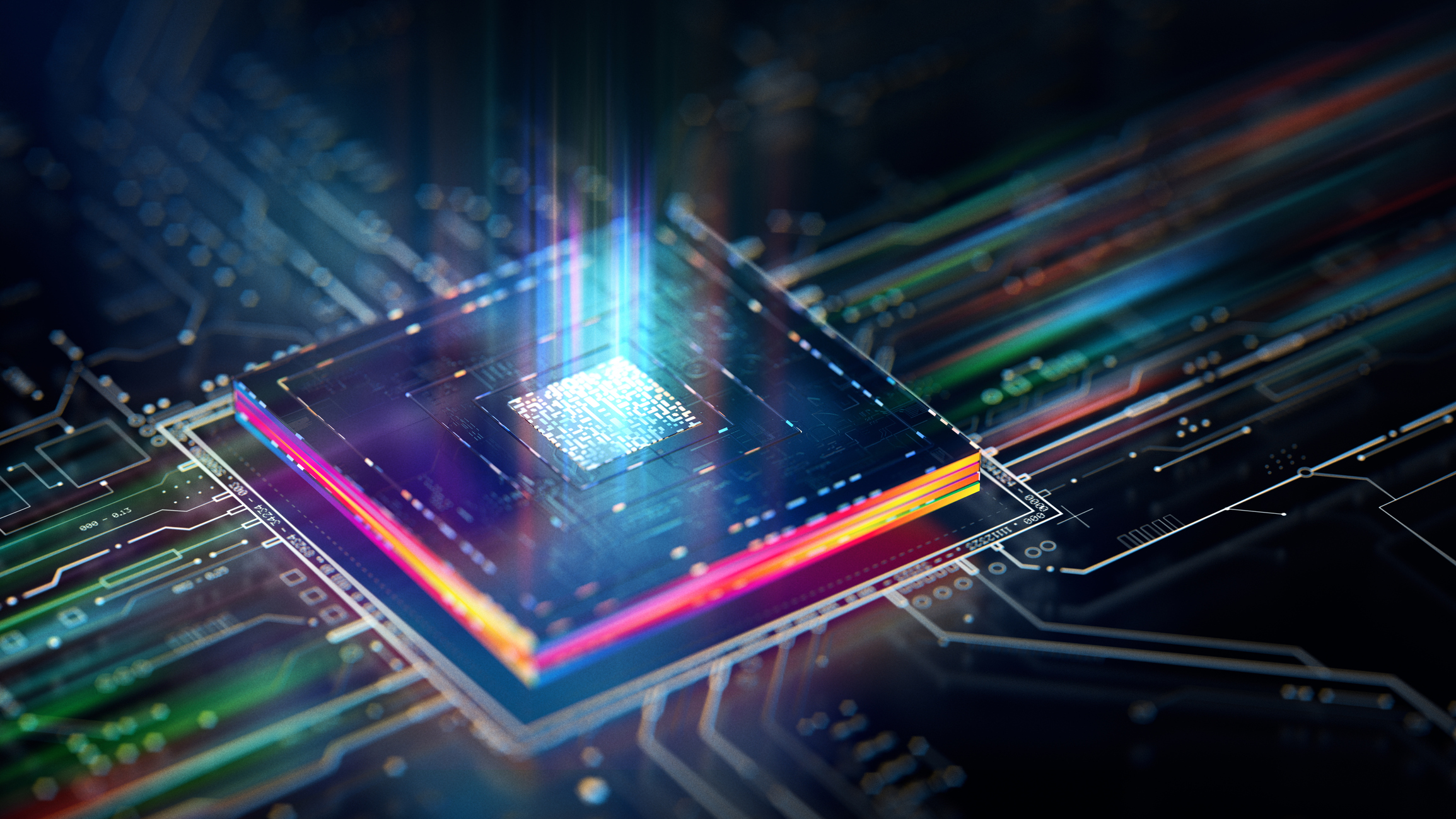 The role of the CPU in the AI era
The role of the CPU in the AI eraSupported The backbone of enterprise AI, CPUs are the unsung heroes of inference
-
 Microsoft's plan to use human waste to offset AI emissions stinks of greenwashing
Microsoft's plan to use human waste to offset AI emissions stinks of greenwashingOpinion Hyperscalers are getting increasingly gimmicky when it comes to sustainability
-
 Google emissions have surged 51% in five years – but it’s making solid progress in data center efficiency
Google emissions have surged 51% in five years – but it’s making solid progress in data center efficiencyNews While overall carbon emissions have increased significantly, the company is making solid progress in bolstering data center energy efficiency.
-
 AI will chew through the same amount of energy as Japan by 2030
AI will chew through the same amount of energy as Japan by 2030News The energy demand of AI data centers will top that of Japan by the end of the decade, new research shows – and that’s providing that energy grids can even keep up.
-
 National Grid investment wing backs AI startups to boost energy efficiency
National Grid investment wing backs AI startups to boost energy efficiencyNews National Grid Partners, the venture capital and innovation arm of the UK utility firm, has unveiled plans to invest $100 million in AI startups in the energy field.
-
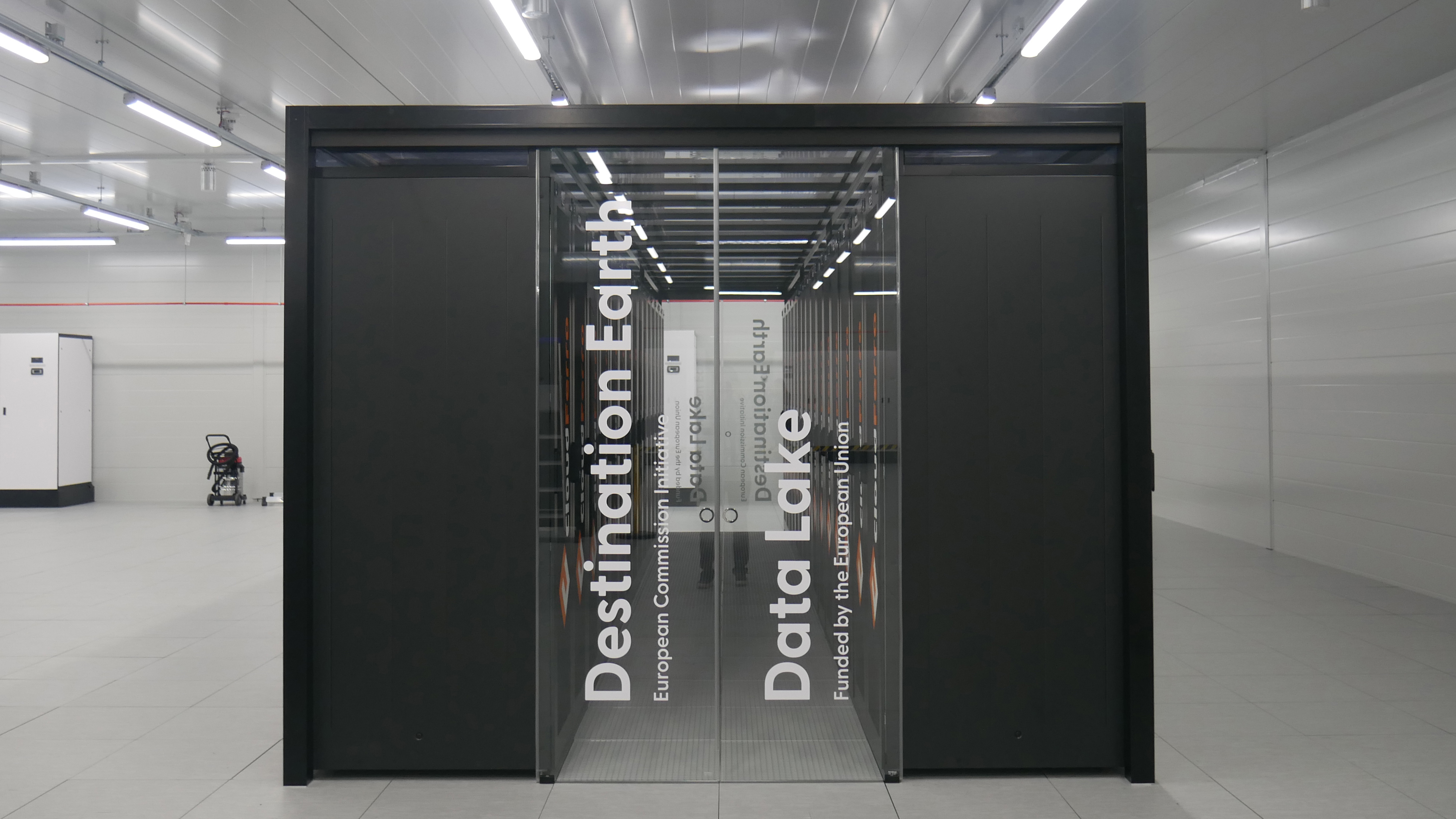 Supercomputing in the real world
Supercomputing in the real worldSupported From identifying diseases more accurately to simulating climate change and nuclear arsenals, supercomputers are pushing the boundaries of what we thought possible
-
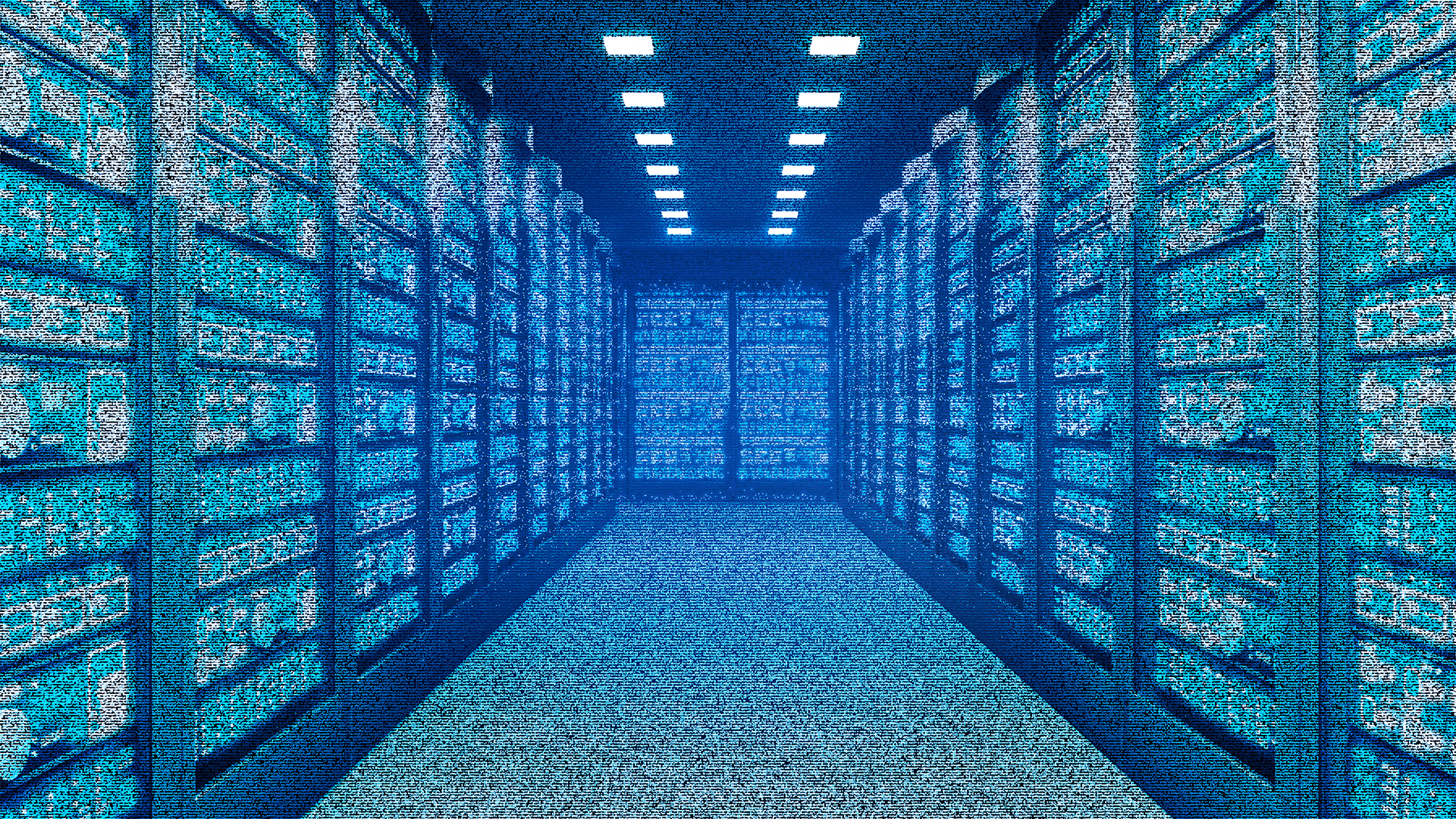 Scientists say they can cut data center energy use by changing just a few lines of code
Scientists say they can cut data center energy use by changing just a few lines of codeNews Researchers at Canada's University of Waterloo have found a way to reduce data center energy use by making alterations to the Linux Kernel to improve network traffic processing.



